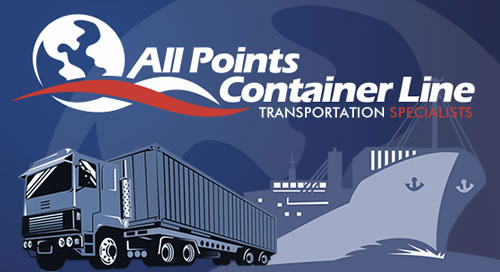The changing tariffs of 2019 have indeed impacted cargo volumes on a massive scale; however, this year, the Port of Long Beach had its second busiest October in its long 108-year history. Let’s take a look at what made this October different from the rest.
The History of Port Long Beach
Port Long Beach has a rich history that began in 1911 with 800 acres of mudflats at the base of the Los Angeles River. Now, over a hundred years later, the Port has expanded to over 7,600 acres of state of the art cargo terminals, roadways, rail yards, and shipping channels. Port Long Beach is now one of the busiest seaports in the world.
A Record-Breaking Number of Units Handled
A whopping 688.425 TEUs were handled in October in the Port of Long Beach. Even though that giant number is 2% less than October of 2018, exports jumped almost 10%. Although the Port moved over 6 million TEUs from January to October of 2019, that number is 5% less from 2018’s record-breaking pace. It is still awe-inspiring in light of 2019’s hefty tariffs.
The Trade War Uncertainty
With no one knowing what to expect from the current trade war, the tariffs continue impacting the American economy and create unrest among the importing and exporting industry. As everyone awaits a resolution between the U.S. and China, the freight industry is putting emphasis on things they can control, like improvements to warehouses and overall movement procedures.
Port Long Beach Leads the Way in Operations
When trade wars happen, it shines a light on things that can be improved within ports. Port Long Beach is leading the way in marine operations and industry partnerships to make up for the uncertainty of the future. As Long Beach Harbor Commission President Bonnie Lowenthal says, “We will continue to rely on our reputation of moving cargo quickly, reliably and sustainably while providing outstanding customer service.”

